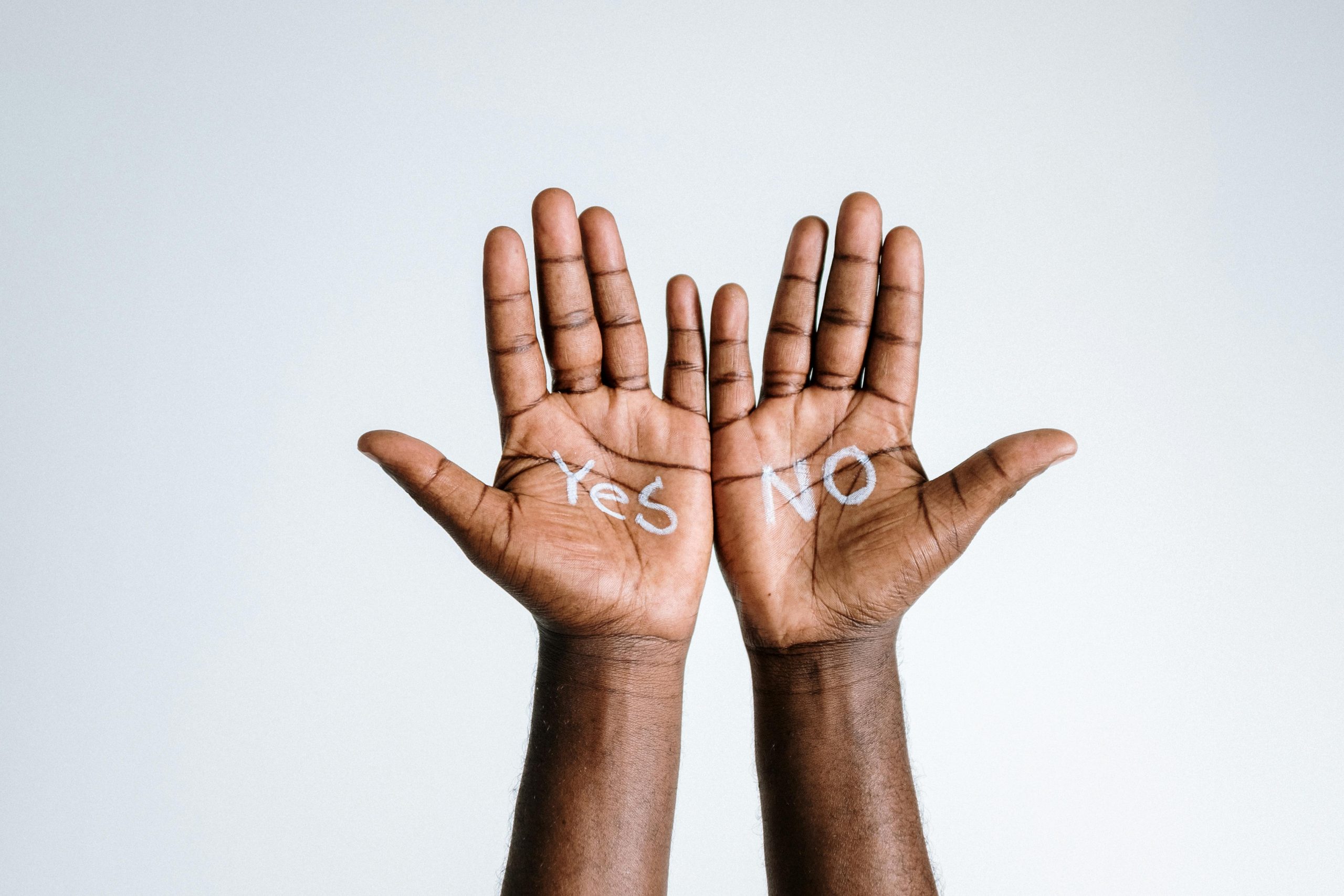Exploring Cultural Nuances: Questions That Only True Brits Would Know
In cross-cultural conversations, pinpointing unique national knowledge can be both enlightening and entertaining. Recently, I found myself engaged in a discussion with a close friend—who is of mixed heritage, half-British and half-German. Although he was raised in Germany, where I reside in Cologne, I challenged him to demonstrate how well he truly understands British culture.
This got me thinking: what questions could I ask that would genuinely showcase someone’s familiarity with British customs, traditions, and colloquialisms—questions that only a true Brit would confidently answer?
Understanding these cultural intricacies not only fosters better appreciation between diverse backgrounds but also highlights the rich tapestry of national identity. If you’re interested in exploring what sets British culture apart, here are some thought-provoking questions that could only be answered by someone with authentic British roots or extensive knowledge of Britain’s social fabric.
1. What is the significance of the “Union Jack,” and how did it originate?
The Union Jack is one of Britain’s most recognizable symbols. It represents the union of England, Scotland, and Ireland, featuring a combination of the crosses of St. George, St. Andrew, and St. Patrick. Originating from the early 17th century, understanding its history and symbolism is uniquely British.
2. How do Brits typically pronounce the word “scone,” and what is its traditional accompaniment?
While pronunciation varies across regions, the most canonical British pronunciation rhymes with “gone,” and it’s traditionally served with clotted cream and jam during afternoon tea. This culinary and linguistic nuance often sparks lively debates among aficionados.
3. What is the origin of “ploughman’s lunch,” and what items does it usually include?
A quintessential British meal, the ploughman’s lunch embodies traditional countryside fare—usually consisting of cheese, bread, pickles, apples, and a cold pint of beer. Recognizing its roots in rural working-class communities exemplifies British culinary history.
4. Which are the official colors of the British monarchy’s Royal Standard?
The Royal Standard features a complex heraldic design with specific colors—gold, red, white, and blue—each symbolizing different aspects of the monarchy’s heritage. Only those familiar with British royal heraldry could answer this accurately.
5. What is the traditional British method of calling out for a taxi in rural areas?
Many Brits would say “Any
